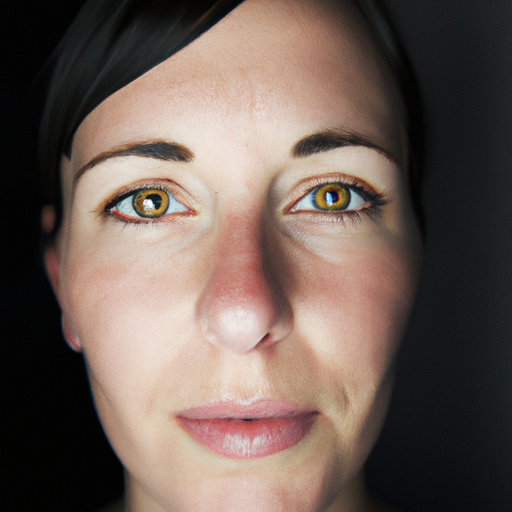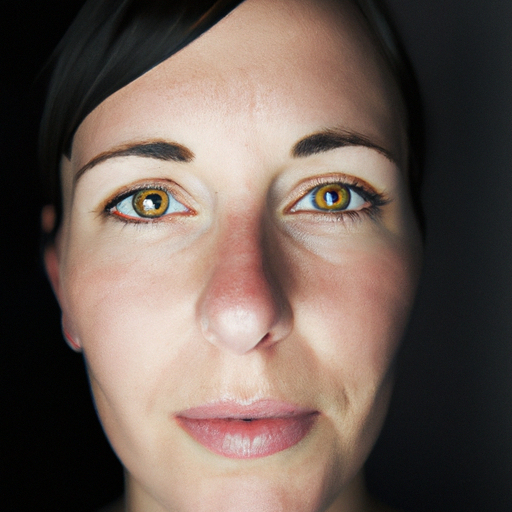As a medical professional, I am often asked about the best ways to maintain healthy, radiant skin. One of the most effective strategies is regular exfoliation, a process that removes dead skin cells from the surface of your face, revealing a fresher, more vibrant complexion beneath. This article aims to unveil the radiance hidden under layers of dead skin by sharing effective exfoliation strategies.
Firstly, it’s important to understand why exfoliation is necessary. Our skin naturally sheds dead cells every 30 days or so. However, this process can slow down with age, leading to dull, dry, or flaky skin. Exfoliation helps speed up the natural shedding process, preventing clogged pores which can lead to breakouts.
There are two main types of exfoliation: physical and chemical. Physical exfoliation involves using a scrub, brush, or other abrasive tools to physically remove dead skin cells. Chemical exfoliation, on the other hand, uses acids or enzymes to dissolve dead skin cells.
Physical exfoliation is the most common method and can be easily done at home. Choose a scrub with small, smooth particles like jojoba beads rather than larger, rough particles like nut shells which can cause micro-tears in the skin. Alternatively, you can use a soft brush or a washcloth. Gently massage the scrub into your skin in circular motions for about 30 seconds, then rinse off with warm water. It’s important not to scrub too hard or too often as this can cause irritation and damage your skin. Once or twice a week is usually sufficient.
Chemical exfoliation can be more effective for people with acne-prone or oily skin. Alpha hydroxy acids (AHAs) like glycolic acid and beta hydroxy acids (BHAs) like salicylic acid are commonly used in chemical exfoliants. AHAs are water-soluble and work on the surface of the skin, making them suitable for dry or sun-damaged skin. BHAs are oil-soluble and can penetrate deeper into the pores, making them ideal for oily or acne-prone skin.
When using a chemical exfoliant, apply it to clean, dry skin and leave it on for the recommended time, usually about 10 minutes. Then rinse off with warm water. Start with a low concentration and use it once a week, gradually increasing as your skin gets used to it. Always follow with a moisturizer to replenish hydration.
Regardless of the method you choose, always remember to protect your skin from the sun after exfoliating as it can make your skin more sensitive to UV rays. Apply a broad-spectrum sunscreen with an SPF of at least 30 every day, even if it’s cloudy.
In addition to these strategies, maintaining a healthy diet and staying hydrated can also contribute to radiant skin. Foods rich in antioxidants, like fruits and vegetables, can help fight off damage from free radicals, while drinking plenty of water can keep your skin hydrated and supple.
Lastly, remember that everyone’s skin is different. What works for one person may not work for another. It may take some trial and error to find the exfoliation method that works best for you. If you have any concerns or if your skin reacts badly to any product, don’t hesitate to consult a dermatologist.
In conclusion, regular exfoliation is a key strategy for unveiling your skin’s natural radiance. Whether you choose physical or chemical exfoliation, remember to be gentle with your skin and protect it from the sun. With patience and consistency, you can achieve a healthier, more vibrant complexion.




